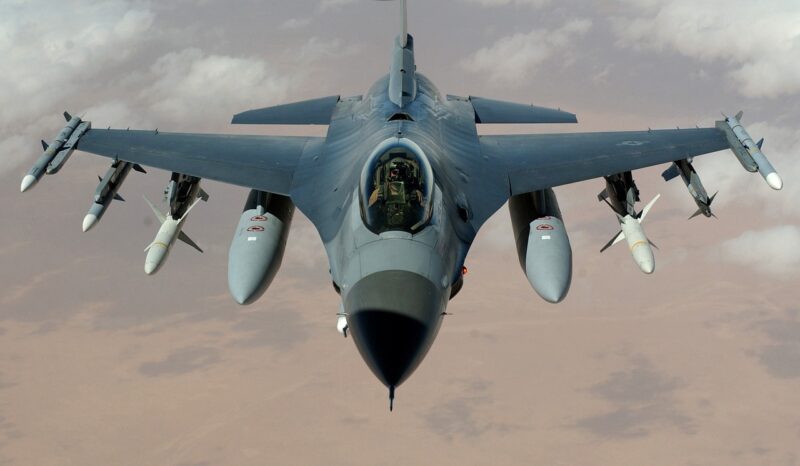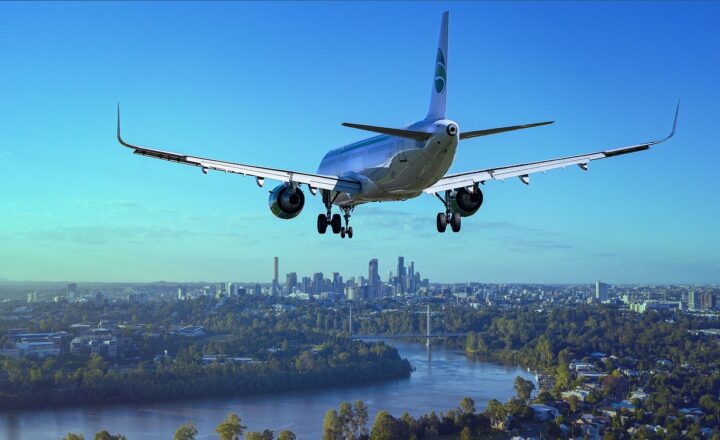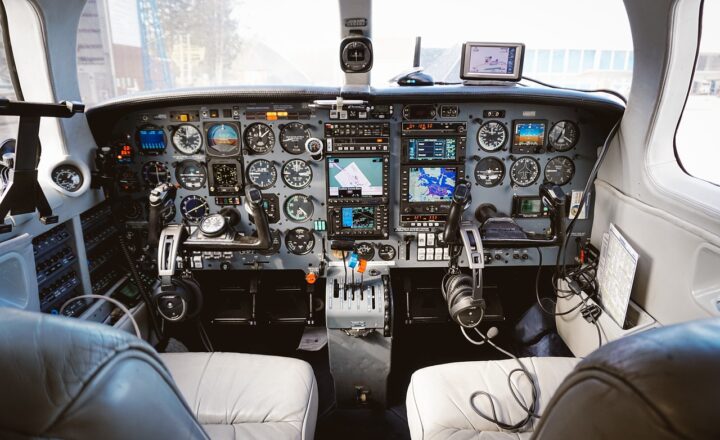From Cargo to Combat: The Evolution of Aircraft Types and Their Roles
November 14, 2024

Over the past century, the world of aviation has witnessed extraordinary advancements, with aircraft evolving from rudimentary flying machines to sophisticated carriers of both cargo and combat. This journey is not just a tale of technological innovation; it reflects the experiences and demands of various industries and military needs, shaping the role of aircraft in society today.
1. The Birth of Aviation: Early Aircraft Types
The aviation era officially began in the early 1900s. The Wright brothers’ 1903 flight marked the first powered flight, but the development of aircraft would soon diversify into several branches.
– Biplanes: The earliest aircraft were primarily biplanes, featuring two wings stacked one above the other. They were designed for stability and maneuverability, ideal for early aviators.
– Monoplanes: The evolution to monoplanes, with a single wing, occurred by the 1910s. This design offered better speed and efficiency.
– Zeppelins and Airships: Employed mainly for carrying heavy loads or passengers, these larger-than-life symbols of aviation created a niche for long-distance transport.
These early aircraft types were primarily used for exploration, leisure, and mail delivery. Their designs set the foundation for future roles in both commercial and military aviation.
2. World War Innovation: Military Aircraft Take Flight
With the outbreak of World War I, the aviation industry swiftly pivoted to meet military needs. By 1914, aircraft were winging their way into warfare, marking a significant evolution in aircraft roles.
– Fighter Planes: These planes were designed for aerial dogfights, pursuing and engaging enemy aircraft. Iconic models like the Sopwith Camel and the Fokker Dr.I revolutionized aerial combat.
– Bombers: Aircraft like the Handley Page Type O became key players in strategic bombing campaigns, targeting enemy infrastructure and troop positions from the air.
– Reconnaissance Aircraft: These were used for gathering intelligence and spotting enemy positions. They were equipped with cameras, replacing the need for ground-based reconnaissance.
The innovations in military aircraft during WWI set the stage for even more advancements during World War II.
3. Advancements in World War II: Speed, Power, and Precision
The technological leap during World War II was groundbreaking. Aircraft became faster, more powerful, and specialized for various combat scenarios.
– Jet Aircraft: The introduction of jet engines changed the game. Planes like the Messerschmitt Me 262 were capable of speeds previously unimaginable.
– Heavy Bombers: The B-17 Flying Fortress and the B-29 Superfortress could carry large payloads over long distances, conducting devastating bombing raids over enemy territories.
– Transport Aircraft: The need for logistic support led to the design of transport aircraft like the Douglas C-47 Skytrain, which played a crucial role in troop movement and supply delivery.
The adaptability of aircraft types during this period underscored their importance to both military strategy and subsequent aviation development.
4. The Rise of Commercial Aviation After the War
Post-war, many military innovations found their way into commercial aviation, which expanded rapidly in the 1950s. Passenger jets transformed air travel, making it more accessible to the masses.
– Jetliners: Aircraft like the Boeing 707 and the Douglas DC-8 marked the dawn of the jet age, establishing commercial travel as a mainstay. Their speed and range allowed airlines to connect distant cities and countries efficiently.
– Cargo Carriers: As airfreight demand grew, so did the development of dedicated cargo aircraft. The Boeing 747-400F is a notable example, designed specifically for transporting goods across long distances.
– Regional Aircraft: Smaller regional jets and turboprop planes addressed the needs of shorter routes, providing vital connections to larger airports.
These advancements boosted tourism and global commerce, signaling a new era for aviation.
5. Modern Era: Technological Integration and Environmental Concerns
Today’s aviation industry has entered an unprecedented era of technology integration, sustainability, and adaptation to modern demands.
– Unmanned Aerial Vehicles (UAVs): Drones have emerged as a new category, used extensively for surveillance, delivery, and even combat, representing a significant evolution in aircraft technology.
– Green Aviation: With increasing awareness of environmental impacts, the industry is focusing on reducing carbon emissions. Aircraft like the Airbus A350 and Boeing 787, equipped with composite materials and fuel-efficient engines, are steps toward sustainability.
– Advanced Air Mobility: Concepts like urban air mobility, including electric vertical take-off and landing (eVTOL) vehicles, are being researched as possible solutions to urban congestion, potentially revolutionizing transport within cities.
The combination of innovation and environmental consciousness indicates that the evolution of aircraft types is far from over.
Conclusion: The Multifaceted Roles of Aircraft
From their inception, aircraft have undergone a remarkable transformation, evolving to meet the needs of society, commerce, and warfare. As technology continues to advance, we can expect both cargo and combat roles to diversify further, influenced by societal demands and environmental responsibilities.
The journey from cargo to combat exemplifies the adaptability and innovative spirit of the aviation industry, previewing a future filled with possibilities that serve a wide array of functions in our increasingly interconnected world.







